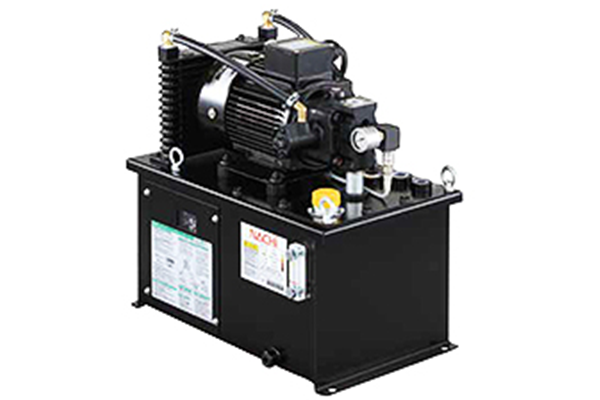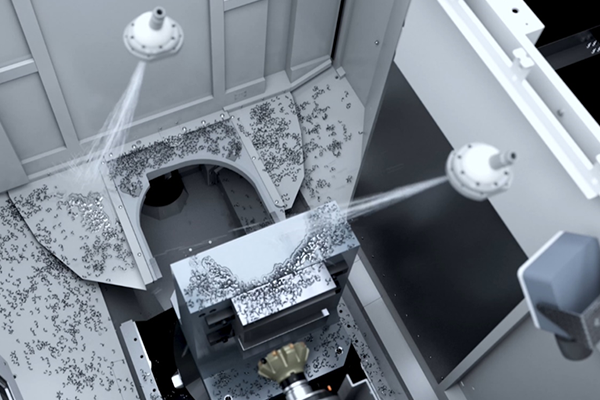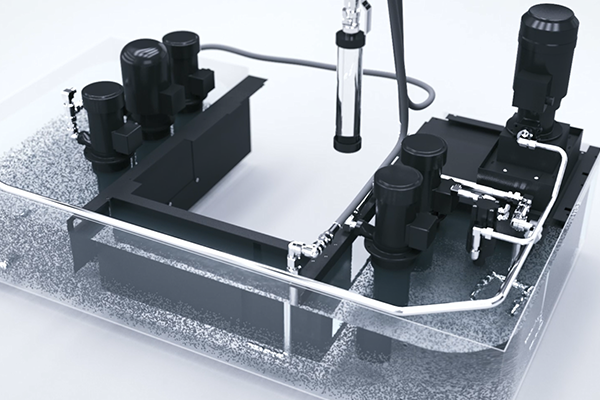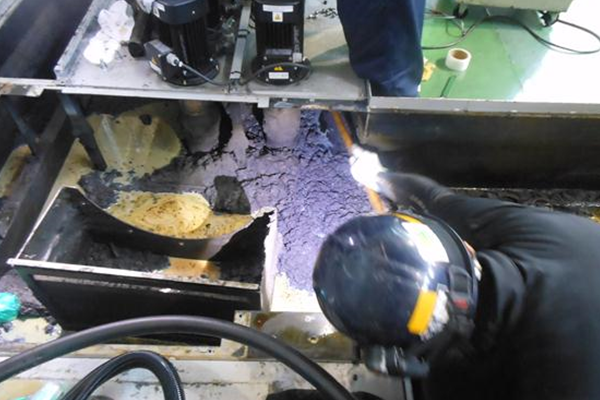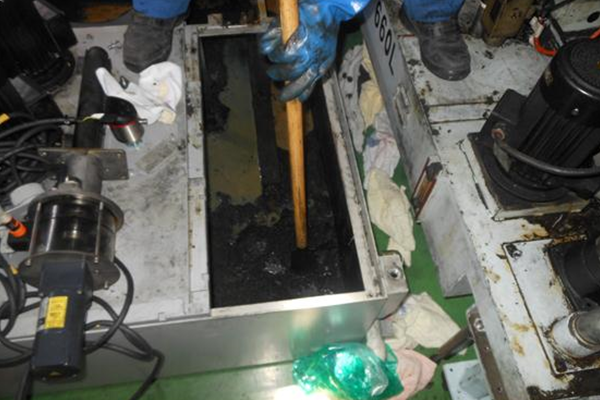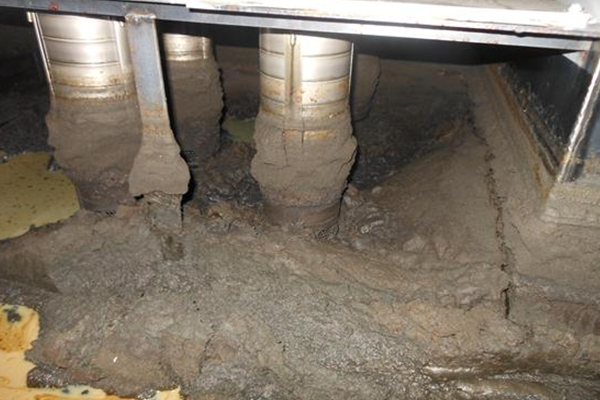Environmental Measures and Green Procurement for Products
Basic policy
We believe that the environment must be taken into consideration during the entire life cycle of a product, from procuring materials and parts, to disposing of the product. We continue to develop new models of products with an even lower environmental burden. For example, one of the criteria we use when performing new product development reviews requires that new model of a product to have a lower environmental burden. In addition to reducing the power consumption, size, and weight of products, we also develop new models that allow us to aggregate the functions of multiple machines in a single unit to more efficiently do machining work. In this way, we are working toward reducing the environmental burden of new products, including CO2 emissions. We also continue to reduce or outright stop the use of hazardous chemical substances, and actively promote the procurement of parts and materials with a lower impact on the environment.
Development goal
Develop new models of products that emit 30% less CO2 by fiscal year 2030 (compared with fiscal year 2018)
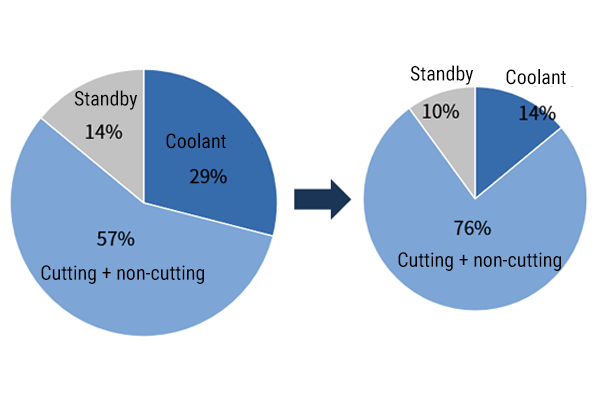
Example 1: Reduce power consumption per workpiece by reducing standby power consumption and coolant
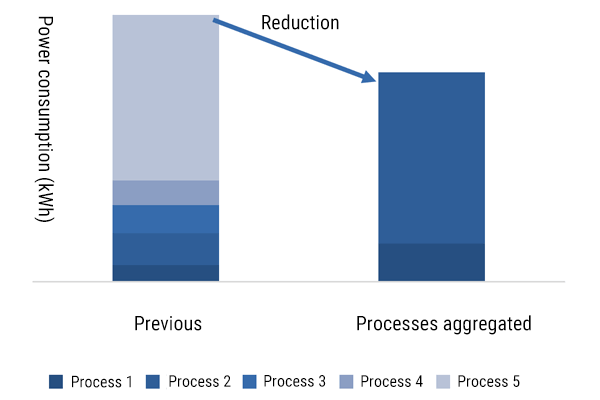
Example 2: Reduce power consumption through efficient machining (process aggregation)
Product environmental measure (1): AI chip removal
AI chip removal uses AI to analyze chip accumulation and to automatically and efficiently remove chips. This helps to reduce machine stoppages and machining defects caused by chips. Coolant discharge is stopped when there is little chip accumulation, reducing coolant pump power consumption and CO2 emissions.
Minimized coolant washing: CO2 emission reduction
Reducing coolant pump power consumption
Reduction: Electricity expenses [440,000 JPY]/10 years, CO2 emissions [12.5 t]/10 years(*)
* Machine operated 16 hours per day, 240 days per year, at a cleaning ratio of 30%: Calculated using electricity expenses of 15 JPY/kWh and CO2 emissions coefficient of 0.424 kg/kWh
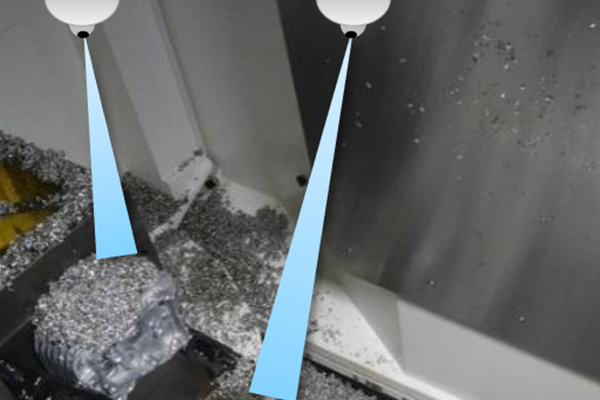
Coolant is discharged when chip accumulation is high
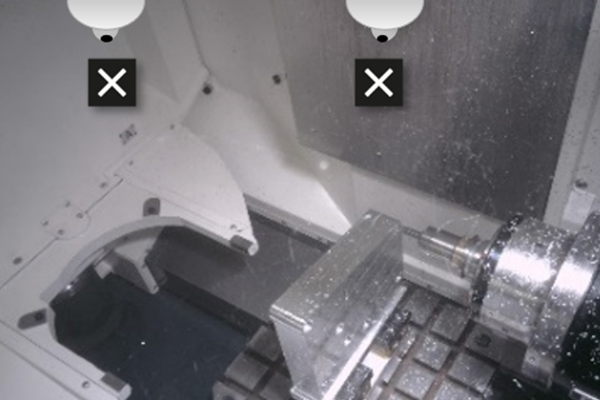
Coolant discharge is automatically stopped when chip accumulation is low
Reducing the frequency of dangerous chip cleaning work: Working environment improvement
Reducing the frequency of [chip cleaning work] by operators, and preventing injury
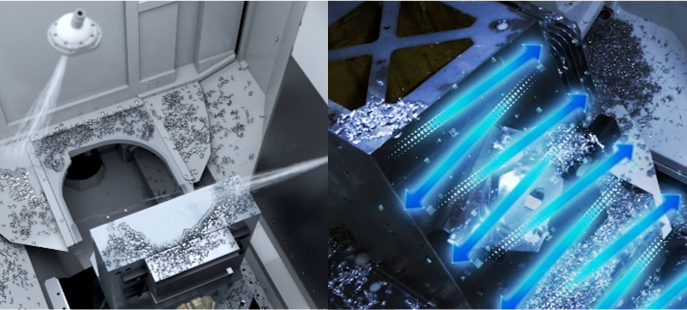
Advanced chip washing ability
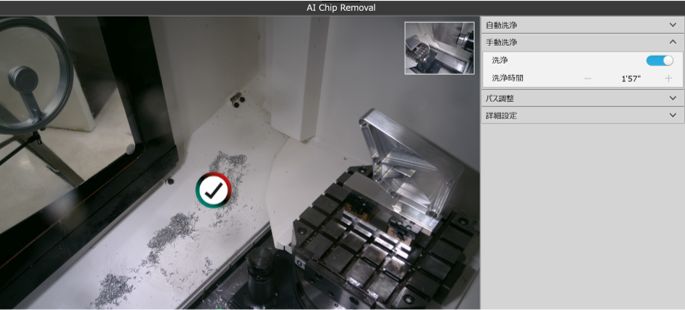
Wash any location by touching the screen
Product environmental measure (2): Zero-sludge coolant tank
A zero-sludge coolant tank is a coolant treatment system that efficiently recovers sludge from coolant tanks. Coolant is discharged from a nozzle located in the coolant tank and the entire tank is stirred to prevent sludge accumulation. Sludge is suctioned by a coolant pump, and coolant is cleaned through a high-precision filter and then returned to the tank, to keep the inside of the tank recirculated and filtered.
Reducing the frequency of cleaning work for coolant tanks: Working environment improvement
Reducing the frequency of regular [cleaning work] for coolant tanks
Cleaning a coolant tank requires a lot of work and can also be dangerous. Reducing the frequency of cleaning can prevent injury, and can also help to improve working environments and improve motivation.
Reducing the amount of coolant waste: CO2 emission reduction
In many cases, waste coolant is disposed of by burning it. However, a zero-sludge coolant tank keeps the inside of the tank clean at all times, allowing coolant to be used longer. This reduces how often coolant must be exchanged, which also reduces the total amount of CO2 generated by burning coolant waste.
Reducing the amount of CO2 emissions due to [burning coolant waste]
Reduction: CO2 emissions [40.8 t]/10 years(*)
* Entire tank capacity (700 L) changed once every four months: Calculated with an emission coefficient of 2.92 tCO2/t when burning waste coolant
No zero-sludge coolant tank
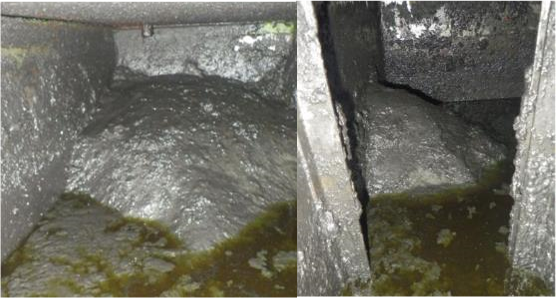
Cleaning/changing frequency: Once every [four months]
Zero-sludge coolant tank
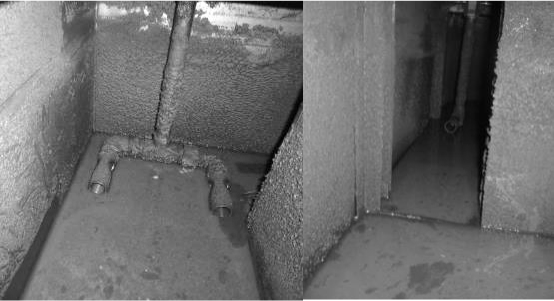
Cleaning/changing frequency: Once every [12 months]
Product environmental measure (3): zeroFOG
zeroFOG is a built-in mist collector that efficiently traps mist generated when machining metals, in order to keep the area inside the plant clean. It includes a high-performance final filter that meets HEPA filter standards (traps at least 99.7% of fine particles 0.3 μm in size), and keeps plant environments clean by accurately trapping fine mist generated during machining.
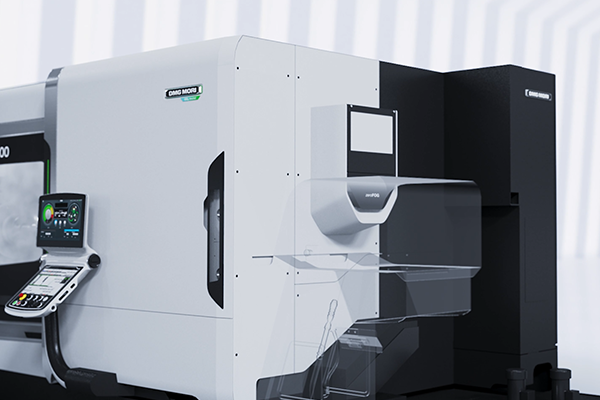
Keeping exhaust clean for a long time with simple maintenance
Reducing environmental burdens by efficiently gathering mist and reducing the frequency of maintenance
Cleaning level equivalent to that of an [air purifier]
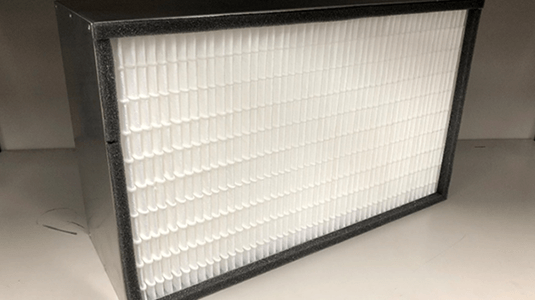
Trapping efficiency: [0.3 μm 99.97%] or higher (HEPA)
Automatic [reverse cleaning] of primary filter
Disassembly/cleaning: [Not required]
Product environmental measure (4): GREEN MODE
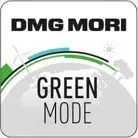
Reducing unneeded standby power consumption and utilizing efficient machining programs to shorten machining times and reduce power consumption
GREEN monitoring
- - Power consumption and CO2 emissions are visualized on the CELOS operation panel screen
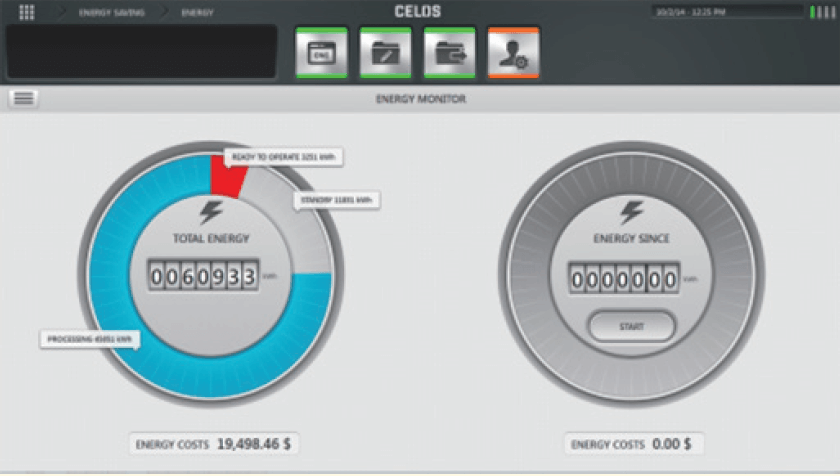
GREEN device
- - Bright LED illumination
GREEN idle reduction
- - Power to parts such as the servo motor, main drive, and coolant pump is stopped when the machine is stopped
- - Operability screen is turned off if the machine is not operated for a period of time
GREEN control
- - Machining time reduced using reduced power pecking cycle
- - Quicker standard M code
- - Synchronized acceleration/deceleration between main drive and feed shaft
- - Coolant discharge controlled using inverter
Green procurement
DMG MORI views environmental conservation as a priority in all aspects of business, and operates under a management philosophy of "conserving environmental resources to protect the environment." We prioritize items and services with a lower environmental impact when procuring the raw materials, parts, and equipment we use, while also promoting green procurement (such as not using hazardous chemical substances and purchasing raw materials with a low environmental burden) in our efforts to reduce the environmental burden of our business.
Green procurement list examples
Coolant-related parts
Optimal control of high-efficiency coolant pump using an inverter
Motor efficiency class: IE5
Motor type: Permanent magnet synchronous motor
Power/drive source: Inverter driven
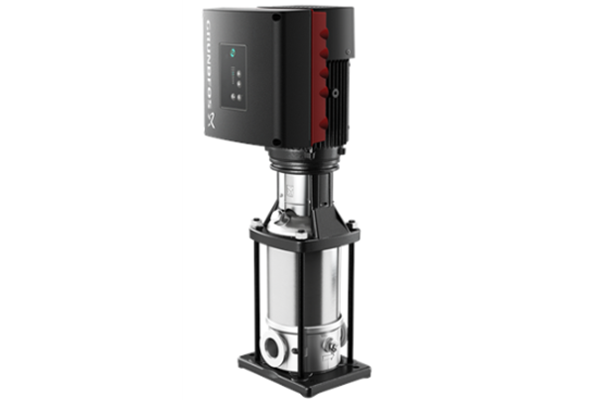
Hydraulic-related parts
Optimal control of high-efficiency hydraulic unit using an inverter
Motor efficiency class: IE4 equivalent
Motor type: IPM motor (speed control)
Drive source: Double variable using IPM motor and variable vane pump (variable delivery)
